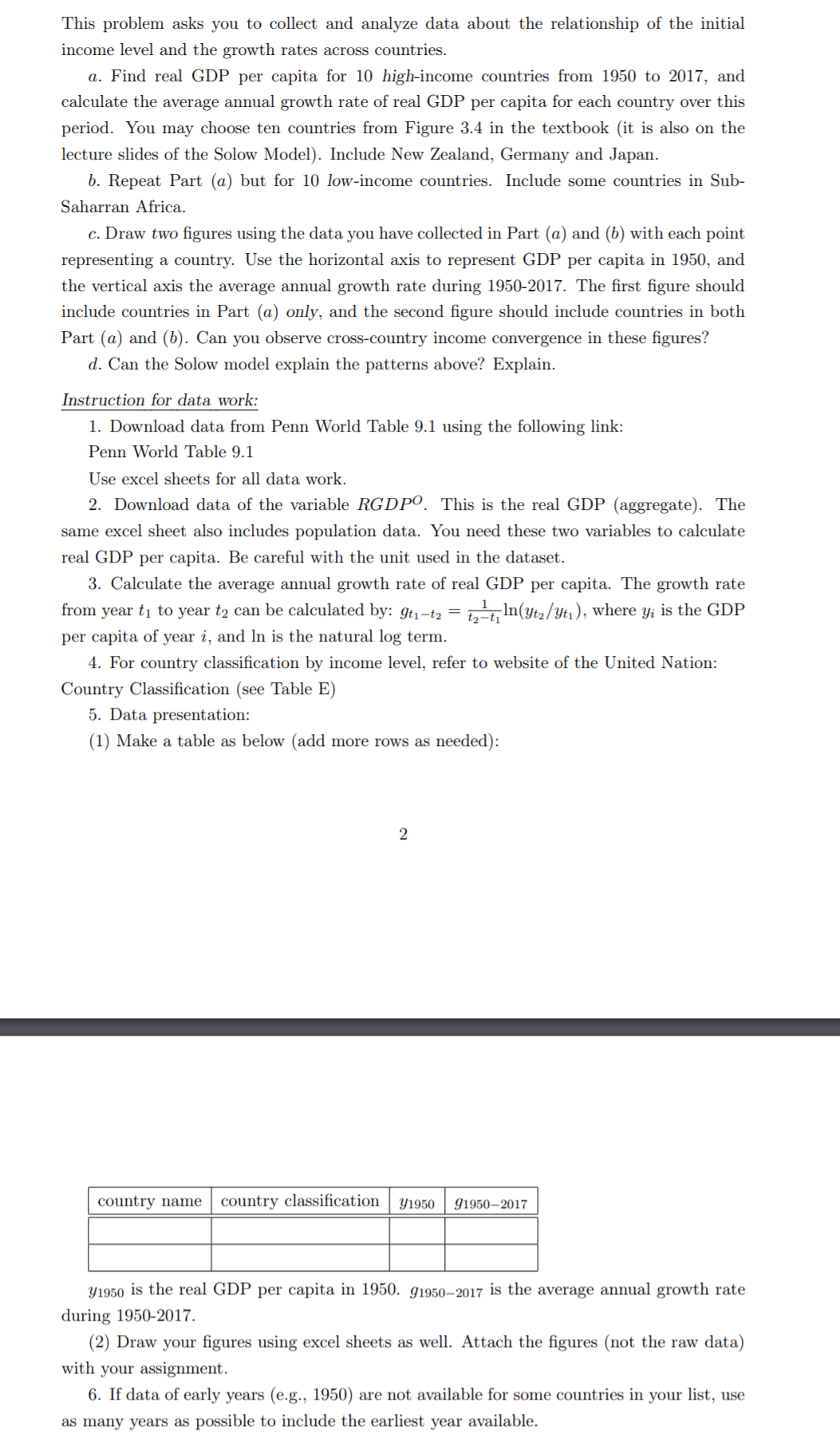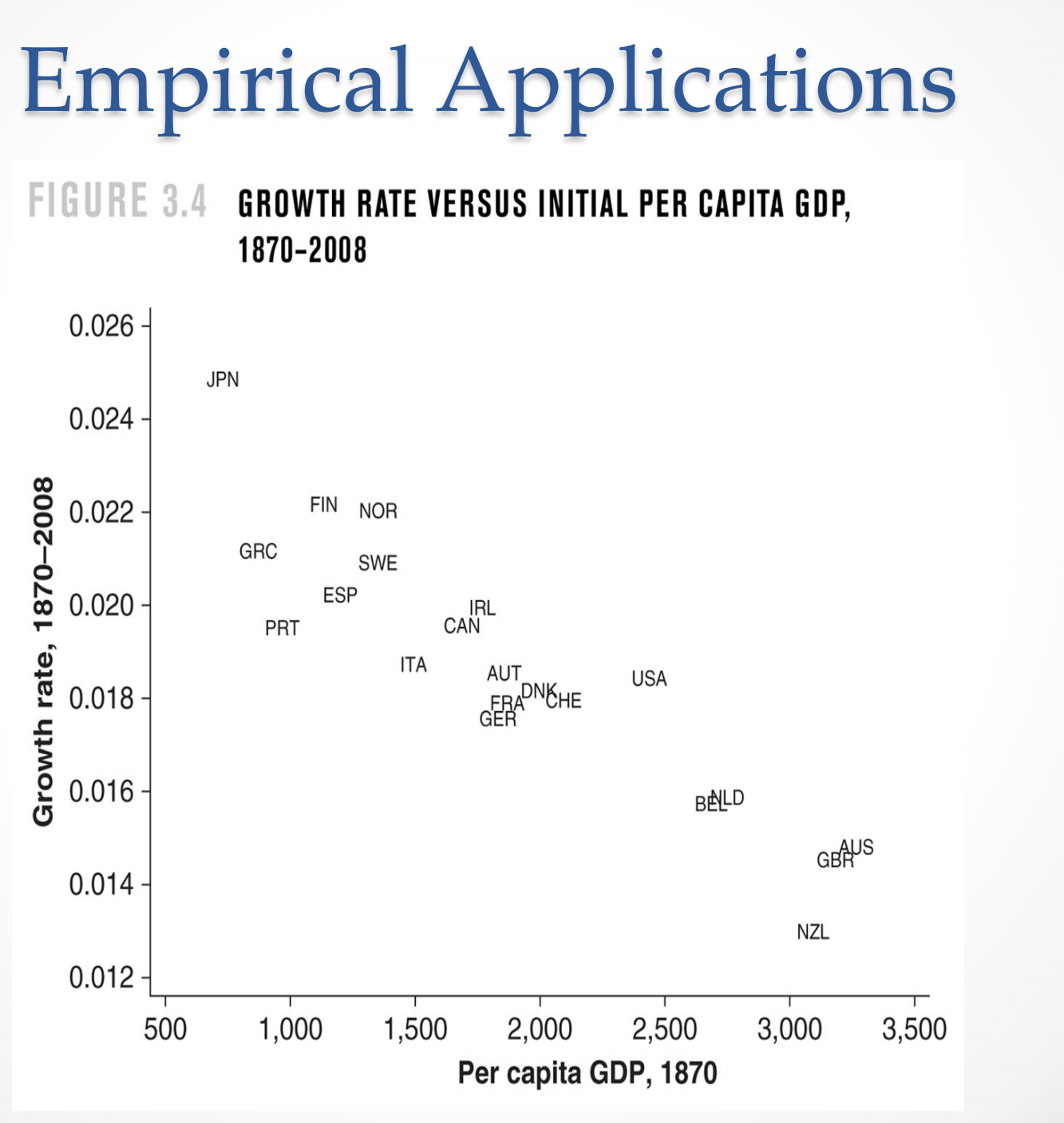Answered step by step
Verified Expert Solution
Question
1 Approved Answer
Penn World Table 9.1 https://www.rug.nl/ggdc/productivity/pwt/ RGDP0: https://febpwt.webhosting.rug.nl/Dmn/AggregateXs/PivotShow Table E https://www.un.org/en/development/desa/policy/wesp/wesp_current/2014wesp_country_classification.pdf Figure3.4 : https://ae04.alicdn.com/kf/U465e69925adb4b988f16baebe7d300c5c.png or https://s1.ax1x.com/2020/08/05/ar8M2F.png In Touch with Data: Convergence or Divergence? This problem asks
Penn World Table 9.1
https://www.rug.nl/ggdc/productivity/pwt/
RGDP0:
https://febpwt.webhosting.rug.nl/Dmn/AggregateXs/PivotShow
Table E
https://www.un.org/en/development/desa/policy/wesp/wesp_current/2014wesp_country_classification.pdf
Figure3.4 :
https://ae04.alicdn.com/kf/U465e69925adb4b988f16baebe7d300c5c.png
or
https://s1.ax1x.com/2020/08/05/ar8M2F.png
In Touch with Data: Convergence or Divergence?


Step by Step Solution
There are 3 Steps involved in it
Step: 1

Get Instant Access to Expert-Tailored Solutions
See step-by-step solutions with expert insights and AI powered tools for academic success
Step: 2

Step: 3

Ace Your Homework with AI
Get the answers you need in no time with our AI-driven, step-by-step assistance
Get Started


